Behind the paper: Habitat suitability models reveal extensive distribution of deep warm-water coral frameworks in the Red Sea
Published in Earth & Environment and Ecology & Evolution

Quantifying and describing the spatial distribution of a species or habitat provides challenges in any environment. The deep sea presents unique challenges due to its inaccessibility and the high cost of survey platforms and research equipment. However, understanding the distribution and abundance of species is fundamental to effectively manage and conserve biodiversity, particularly in ecosystems- such as those dominated by corals- which host a myriad of species and are therefore important for conservation efforts. To study the deep sea, technologies like video-equipped Remotely Operated Vehicles (ROVs) and submersibles are often used, but with limited fields of view, these methods can only explore a narrow transect across the benthos. In our recent paper, we address this limitation by developing habitat suitability models from ROV and submersible data which allowed us to reliably predict the distribution of deep-sea coral ecosystems across much larger areas.
The study area for developing our model is the deep Red Sea, which is unique due to the warm and saline conditions, even at depth. Deep-sea coral frameworks were recently discovered in the Red Sea by Qurban et al. in 2020, and represent the first of their kind in deep, warm water. Frameworks are biogenic structures that rise from the seafloor, composed of both living corals, and surrounding coral rubble. Their 3-dimensional structures form important habitats for associated fauna, including various deep-sea fish species, other corals that may require hard substrate for settlement, and diverse infauna communities that are not visible from video footage. Since the discovery of these frameworks in the northern Red Sea, a collaborative follow-up expedition to the northern Saudi Arabian Red Sea and eastern Gulf of Aqaba aimed to deepen our understanding of both the biotic and abiotic components of the deep Red Sea- the ‘Deep Blue’ expedition funded by NEOM. This expedition took place on board the M/V OceanXplorer1 in 2020, and included ROV and submersible dives for video imagery and sample collection, sensors to record environmental conditions (temperature, salinity and dissolved oxygen concentration) throughout the water column, and bathymetry and backscatter acquisition to reveal the complexities in the geomorphology of the region.
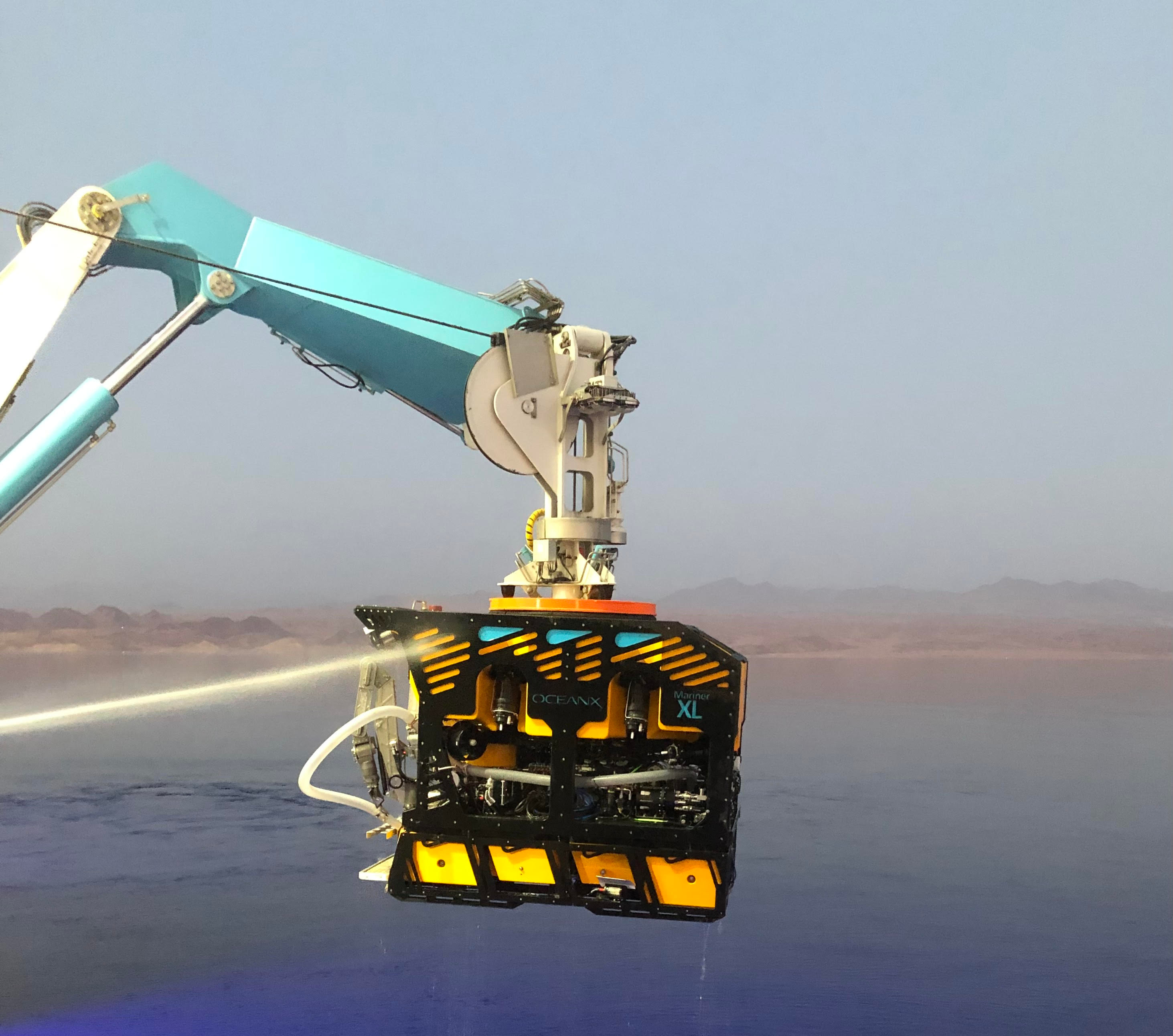
In our paper, we described the distribution of two types of deep coral frameworks in the northern Red Sea and Gulf of Aqaba, one formed by corals of the family Dendrophylliidae (hereafter Dendrophylliidae Coral Framework, DCF) and the other by corals of the family Caryophylliidae (hereafter Caryophylliidae Coral Framework, CCF). While DCF (identified in 10 transects) was relatively widespread, occurring between 150 and 500 m throughout our study area- the northern Red Sea and Gulf of Aqaba, CCF (identified in 14 transects) was restricted to the northern Red Sea, with a slightly deeper depth distribution of 300-700 m.

Twelve variables were extracted from the bathymetry and describe various components of seafloor geomorphology, such as slope, seafloor complexity and water depth. Backscatter was also included to indicate seafloor hardness and to include an estimation of substrate composition. Data from environmental sensors were used to generate a continuous model of the oceanographic conditions at the seafloor, providing us with three additional variables: temperature, salinity, and dissolved oxygen concentration. These variables were integrated with the presence data for DCF or CCF in MaxEnt models for each of the coral frameworks, which, following extensive trials and model development, were able to accurately predict suitable habitats for each of the frameworks.
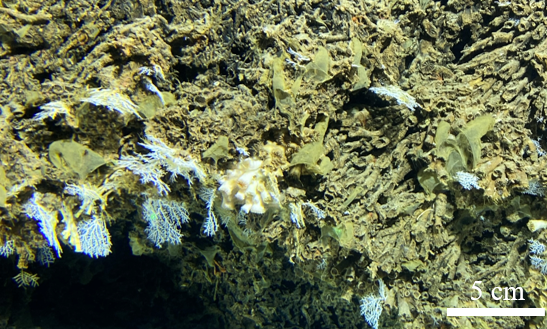
According to the models, several large areas of seafloor were estimated to be highly suitable for either of the coral frameworks. While this does not directly confirm the presence of frameworks, it provides strong evidence for their existence and highlights areas of interest for future studies. Suitable habitats for CCF covered over 100 km2 of seafloor, almost all in the northern Red Sea. DCF suitable habitats covered over 150 km2 of seafloor, throughout the northern Red Sea and the Gulf of Aqaba. Interestingly, an area of ~8 km2 off the coast of Shushah Island was identified as highly suitable for DCF. Shushah Island is an important development site for Saudi Arabia’s ‘giga-project’ NEOM. This region is characterised by steep slopes, resulting in deep-sea ecosystems being located close to the coast. The proximity of these habitats to land underscores the need to mitigate any negative impacts of development on these important and biodiverse ecosystems, as well as their potential value through ecotourism.
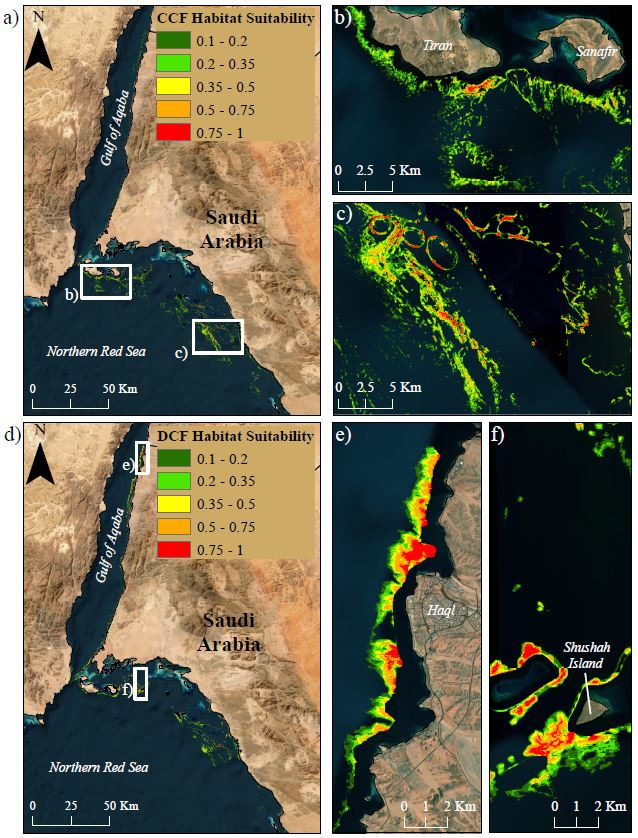
A total area of over 250 km2 was identified as highly suitable for deep coral frameworks in the warm waters of the Red Sea, indicating that there are likely to be extensive frameworks in these waters. This area is equivalent to >30% of the area of shallow, photic reefs in the same region. While shallow reefs are well known and well-studied in the region, deep ecosystems are lacking the same attention. Frameworks of this size could act as significant carbonate factories in the deep Red Sea and provide habitats for a diverse range of species. These results represent the importance of a previously overlooked ecosystem and emphasize the need to consider conservation not only in shallow waters, but also deep environments. Furthermore, we have identified key areas for marine spatial planning and potential future studies. These could, for instance, investigate the triggers required for framework formation, the associated fauna or microbiomes, or the growth rates of deep corals living in warm waters. This study exemplifies the need for both conservation and further exploration into these unique and valuable frameworks.
This research was undertaken in accordance with the policies and procedures of the King Abdullah University of Science and Technology (KAUST). Permission relevant for KAUST to undertake the research was obtained from the applicable governmental agencies in the Kingdom of Saudi Arabia. We would like to thank NEOM for the organisation and facilitation of the Red Sea Deep Blue expedition, as well as A.A.E. and Paul Marshall for their logistical support. We extend our gratitude to the entire crew of OceanXplorer, and in particular we wish to acknowledge the ROV team, led by Andrew Craig, and the submersible team, led by Mark Taylor, for the acquisition of scientific data. This research was supported by KAUST funding awarded to Francesca Benzoni. We thank the co-authors of the original research article, particularly Sam Purkis, for his valuable contribution at each step.
Follow the Topic
-
Communications Earth & Environment

An open access journal from Nature Portfolio that publishes high-quality research, reviews and commentary in the Earth, environmental and planetary sciences.
Related Collections
With Collections, you can get published faster and increase your visibility.
Geology of the Moon
Publishing Model: Hybrid
Deadline: Jan 31, 2026
Drought
Publishing Model: Hybrid
Deadline: Dec 31, 2025

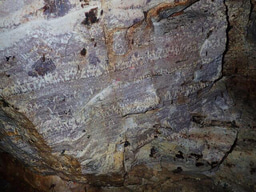
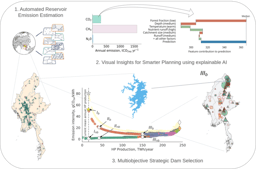
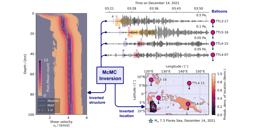
Please sign in or register for FREE
If you are a registered user on Research Communities by Springer Nature, please sign in